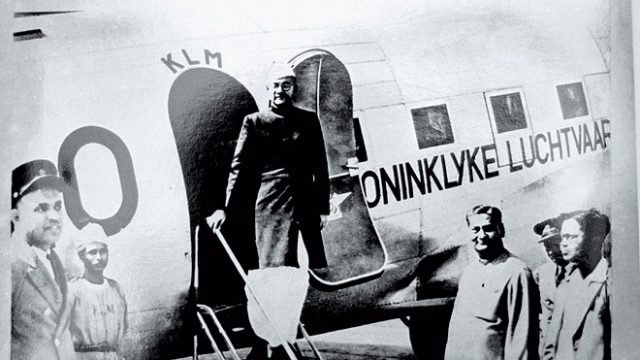November 1937. Netaji was clearly in a hurry to reach Europe. A few weeks earlier he’d been designated to become president of the Indian National Congress and had to return fast. The usual mode of travel to Europe at the time was by steamships run by famous shipping lines like P&O and BSN. But time constraint and health problems ruled out a long sea voyage for Bose. In addition, fast sea liners at that time operated mainly from Bombay, and that involved the additional rail journey from Calcutta. So Netaji flew.
The two leading airlines connecting Calcutta with Europe were the Imperial Airways of the British and the Royal Dutch Airline or KLM. Anti-British sentiment prevailed, and Netaji chose KLM. He was however not the first eminent Bengali to fly by that airline. In April 1932, Rabindranath Tagore had travelled to Persia by KLM, which then operated the service to Europe from India with Fokker Tri-Motor F-7 and F-12 aircrafts. But in 1936, the airline inducted into their long-range services the first all-metal airliners the Douglas DC-2 and DC-3, (better known as the ‘Dakota’). These aeroplanes were powered by two powerful Wright engines, which enabled them to fly at about 170 miles per hour, carrying about 20 passengers. Because of frequent refuelling, as well as overnight halts, which were necessary due to the lack of navigation facilities, flights to Europe were usually completed in three to four days. The fare for a one-way trip was around 100 Pounds or a little over Rs 1,300.
The photograph reproduced here was taken at Dumdum airport, upon Netaji Subhash Chandra Bose’s returne to India in January 1938. However, his obsession for air travel was such that in 1938 he once again chartered a single-engined biplane for Rs 500 to reach Delhi for an urgent Congress Party meeting. It’s an irony of fate that he probably met his end in an air crash in 1945.




